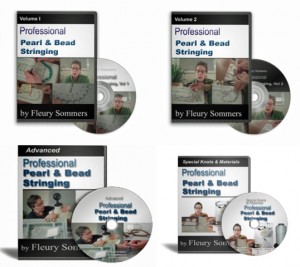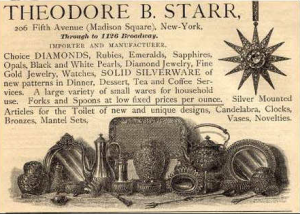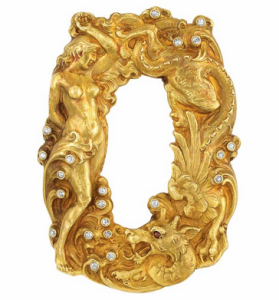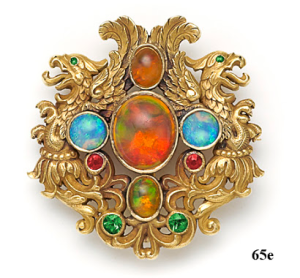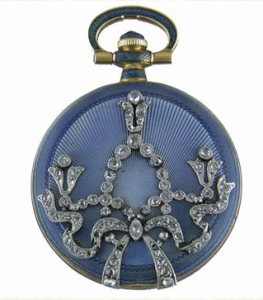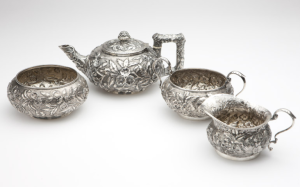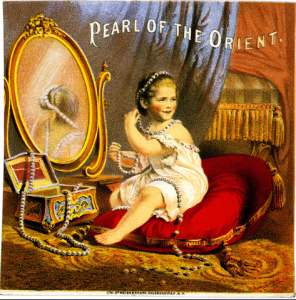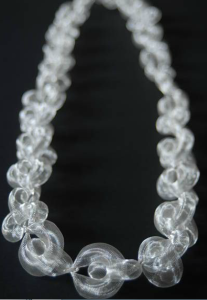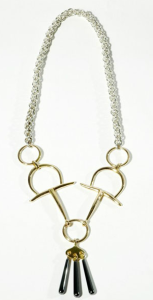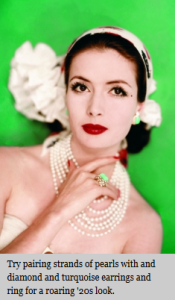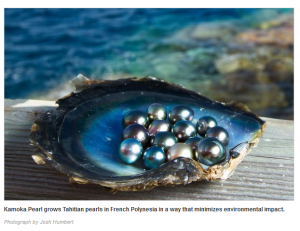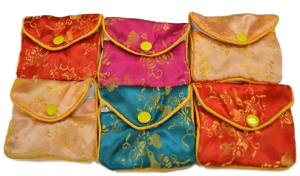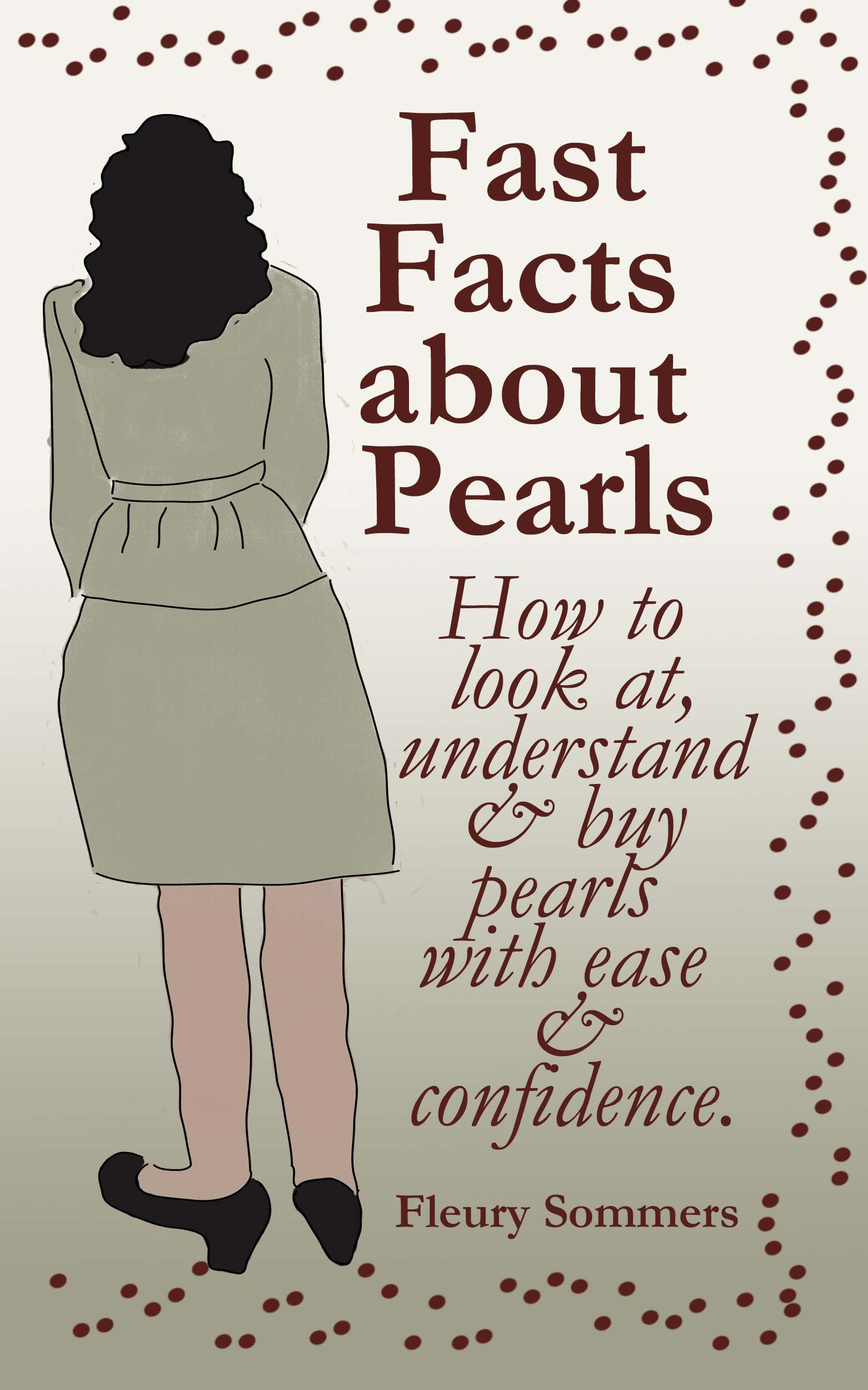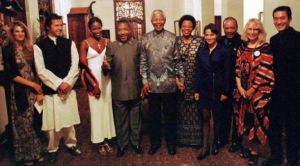 Most of us tend to think of Nelson Mandela as an iconic figure, a representative of human rights and the ideal of reconciliation. However, he was more (or less) than that. He was also a politician who governed a country in an extraordinary transition.
Most of us tend to think of Nelson Mandela as an iconic figure, a representative of human rights and the ideal of reconciliation. However, he was more (or less) than that. He was also a politician who governed a country in an extraordinary transition.
Part of the duties and responsibilities of a politician mean making tough choices, even when there is the possibility of strong criticism from an idealistic base.
That’s the case with the Nelson Mandela’s support of the mining industry in South Africa.
His support was based upon his recognition of the industry’s contributions to South African economic growth.
A lighting rod in discussions about Mandela’s choice in supporting the South African mining industry appears to center on a 1997 event where he hosted celebrity guests including Mia Farrow, Naomi Campbell and Charles Taylor, then the newly elected president of Liberia. The event occurred a month after Taylor’s election. (Taylor is in the grey suit next to Mandela.)
Taylor, a former diamond warlord, went on to become one of the worst actors in African history and is now serving a 50 year sentence in British prison for crimes against humanity including aiding and abetting the Sierra Leone rebels during that country’s civil war.
Back then, the issue of “blood diamonds” hadn’t yet percolated into public discussion. It did a couple of years later with groundbreaking reports from Global Witness and Partnership Africa Canada.
Many, particularly in the West, expected Mandela to denounce the entire mining industry. He didn’t. Instead, about that time, he reportedly said: “The diamond industry is vital to the South African and southern African economy. We would be concerned that an international campaign on these issues did not damage this vital industry.”
What’s important here is the distinction between the South Africa mining industry, which while certainly responsible for human rights abuses in the past, did reform itself and the horrific abuses associated with blood diamonds.
Mandela occasioned surprise and some dismay from (particularly) some in the West again years later with the release of the movie “Blood Diamonds.” Instead of promoting the movie, Mandela again had concerns about its impact on the diamond industry. In a letter to the movie’s director, Edward Zwick, Mandela wrote that “it would be deeply regrettable if the making of the film inadvertently obscured the truth, and, as a result, led the world to believe that an appropriate response might be to cease buying mined diamonds from Africa.” Mandala also went on to say, “We hope that the desire to tell a gripping and important real-life historical story will not result in the destabilization of African diamond-producing countries, and, ultimately their peoples.” (This is the part of the statement that is often omitted by critics.)
(Zwick dismissed those concerns in an interview with jewelry industry publication JCK calling them “just a little bit silly.”)
Recently the South African Chamber of Mines, the industry association group, claimed that a full four-fifths of the country population “directly” benefit from mineral mining in South Africa. In addition, the group claims that more than 60 percent of the owners of the country’s mines are no longer Europeans, but native South Africans and much of the stock in the mines is owned by South African pension funds.
The mining industry, including the diamond industry, is stable, productive and benefits the populace of South Africa. This is another aspect of the Mandela legacy and shouldn’t be forgotten.

